Varicose veins on the legs and alternative medicine. Is there any effectiveness of such therapy, what methods and recipes are used for such relief of the symptoms of the disease?
Modern medicine has come a long way and has great hopes for the quick and effective elimination of many diseases. But even with such an impressive breakthrough, there are always those who prefer alternative therapies.
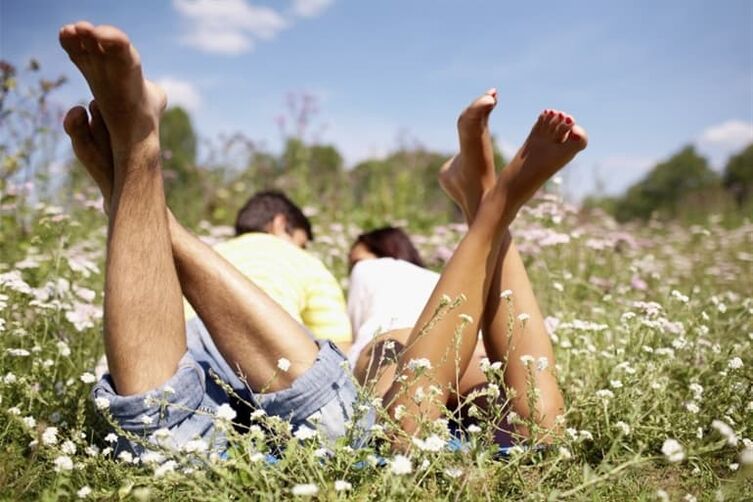
With varicose veins, such a moment is primarily associated with the reluctance to "go under the knife. "It is understandable, a long recovery period, possible complications and the risk of recurrence of the disease - all this mixes up in the mind of the patient, which leads to a delay in visiting the doctor and self-treatment.
It should be noted right away that this approach is initially doomed to failure, since the lack of medical care only aggravates the clinical severity. To date, there are painless safe methods of surgical treatment, as well as methods of conservative therapy.
Alternative medicine is also very effective, but only in combination with the right treatment. What is the danger of varicose veins in the legs, the treatment of which with an unreasonable approach can lead to complications?
We treat varicose veins with natural ingredients: effective medicinal plants
Alternative methods of treating varicose veins are especially effective in the early stages of disease development or in the postoperative recovery period. Such therapy is also applicable in more advanced situations to achieve symptomatic relief.
With proper preparation and use of folk recipes, the following beneficial effects are obtained:
- good anti-inflammatory effect;
- swelling of the legs and pain in the affected area decreases;
- blood circulation is normalized, venous blood stagnation is eliminated;
- the blood wall becomes more elastic and elastic;
- heaviness in the legs disappears;
- Spider veins and dilated veins that bulge on the skin become smaller;
- vascular permeability decreases;
- immunity is strengthened;
- the course of the disease is significantly facilitated, thereby preventing the risk of complications.
Plant extracts are useful in many diseases. Extracts are widely used in pharmacy because they contain a number of valuable elements.
Some homeopathic ointments, gels, tinctures, etc. , produced at the factory, are in no way superior to the healing properties of ordinary homemade folk medicine. So why pay too much when you can prepare the medicine yourself?
In order to facilitate the choice of plants in this case, we conditionally divide them into 4 groups:
- Antiplatelet or otherwise blood thinning:
- Fern;
- raspberry and strawberry leaves;
- Mugwort;
- Chamomile;
- butterbur;
- Gentian;
- spirea;
- Chamomile;
- comfrey;
- peony root.
- Reduce pain:
- Geranium;
- shamrock;
- birch buds;
- sweet clover;
- Liquorice;
- celandine;
- corydalis;
- willow bark;
- Ginger;
- Elm Meadowsweet.
- Improvement of blood circulation:
- Aloe;
- Acacia;
- Liquorice;
- lilac leaves;
- Sage;
- lime paint;
- Leg.
- Strengthening of blood vessels:
- birch buds;
- Valerian;
- Chestnut;
- hawthorn;
- marsh cinquefoil;
- feltweed;
- Dill.
The most popular remedies for varicose veins on the legs:
- Buckeye;
- isopods;
- cabbage;
- Mugwort;
- Kalanchoe;
- white willow bark;
- celandine.
Attention:Many patients are in no hurry to go to a specialist, but this is wrong. At the appointment, the doctor can assess the severity of the disease, prescribe a diagnosis and treatment. He will also advise on the possibility of using folk methods in a particular situation, since an integrated approach to treatment should be at least two steps ahead of the enemy.
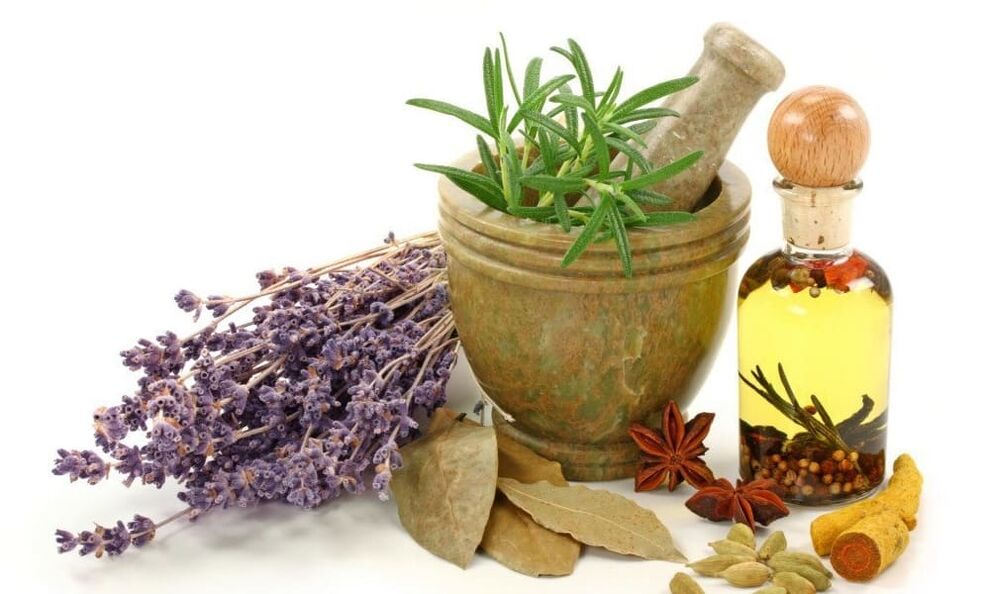
Horse chestnut in the fight against diseases
Horse chestnut has an anti-inflammatory effect, increases the strength of capillaries and reduces their permeability. Eliminates edema by removing excess water from the body. Helps reduce pressure on veins, thereby eliminating leg fatigue and pain.
Instructions for making horse chestnut tincture are as follows:
- You need to take 50 g of plant inflorescences and pour 1 liter of alcohol or vodka.
- Use 1 tsp after two weeks of infusion and shaking daily. 3 times a day before meals.
- The course of therapy is one week, after which a break of 5 days is taken, and then the chestnut therapy is repeated.
- Store the finished product in a cool place.
This remedy can also be used for daily rubbing of painful areas.
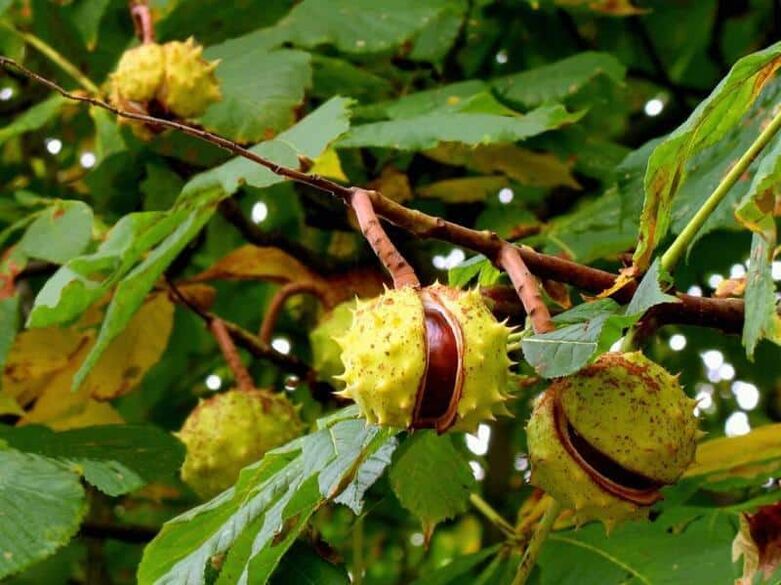
Cabbage leaf - the enemy will not go unnoticed
What disease is not afraid of a cabbage leaf?
Yes, almost none, because it is a panacea in the fight against many pathologies. This popularity of the product was caused by its numerous medicinal properties, which are due to vitamins and trace elements contained in cabbage leaves.
This efficiency is expressed in the following properties:
- bactericidal;
- wound healing;
- regenerate;
- strengthening;
- antisclerotic;
- Tonic;
- antiphlogistic;
- Painkiller;
- diuretic.
Such a remedy for varicose veins on the legs is usually used in the form of a compress. To do this, you need to slightly roll out or beat off the cabbage leaf, grease one side with vegetable oil and attach it to the inflamed vein.
Then fix the sheet with a bandage and walk with such a compress all day. The duration of treatment is 1 month.
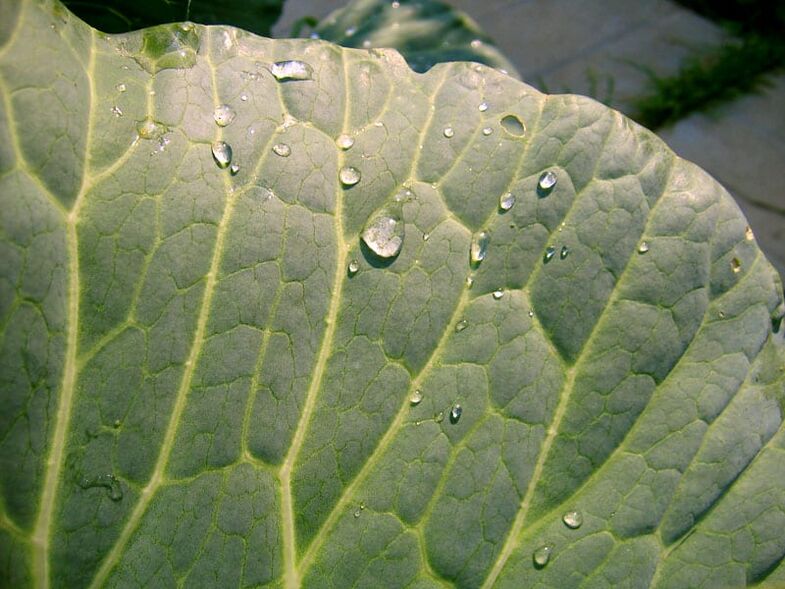
Apple cider vinegar: effective remedy or myth?
A popular folk remedy for VRV is apple cider vinegar. The effectiveness of this tool is due to the following useful properties:
- the tone of the skin increases;
- blood circulation improves;
- Blood vessels are strengthened, the walls become elastic;
- reduces swelling and pain in the legs.
This is due to the composition of the product, which contains more than 20 useful trace elements, vitamins and minerals.
The use of apple cider vinegar is carried out according to the following recipes:
- Dilute 1 tsp. Essences with 1 tbsp. l. clean water and drink this remedy in the morning on an empty stomach 30 minutes before meals.
- Mix 1 cup of apple cider vinegar with 1 liter of water and then simply rinse your feet with the solution. After that, you need to let the skin dry naturally.
- Soak a cotton pad in the essence and rub the product into problem areas.
- Make healing wraps. It is necessary to moisten a piece of gauze or cloth in a solution of vinegar, attach it to the inflamed veins, wrap it with polyethylene and wrap a blanket over it. Carry out in the morning and in the evening, the duration of the procedure is from 20 to 40 minutes.
The price of such a tool is cheap, but it is better if you prepare a natural product at home.
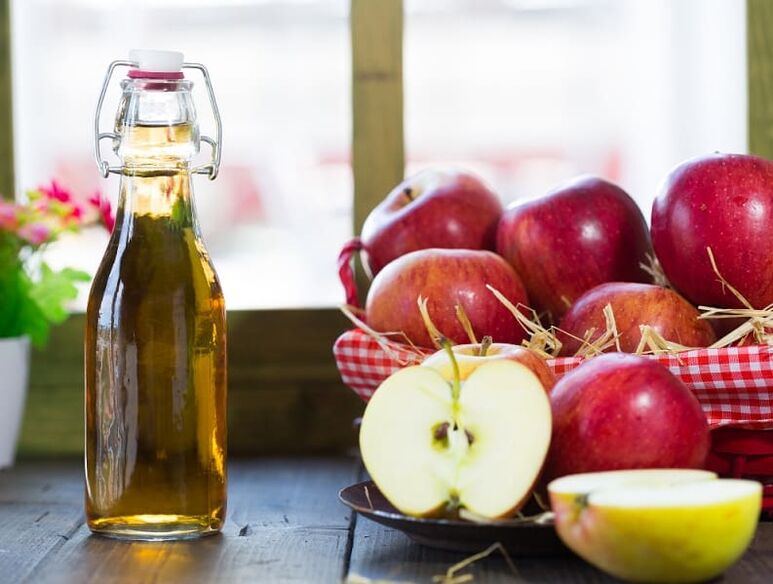
Recipes for natural ointments
Making a homemade foot salve is as easy as peeling pears. The main thing is that you follow all the recommendations. They differ from their "relatives" from industrial preparation by 100% naturalness, budget, efficiency and ease of use.
To make such a drug at home, you just need to stock up on the necessary ingredients and a little patience.
Preparation of the homemade ointment:
recipe name |
It will take |
cooking method |
|---|---|---|
herbal ointment |
|
All herbs are mixed and filled with fat. Then the container is put on a slow fire for 3 hours. After that, the ointment is filtered and poured into a jar with a lid. Application is in the form of applying the drug to a piece of gauze and applying it to the diseased areas. The procedures are carried out 5 times, after which there is a break of two weeks. |
Based on olive oil |
|
Mix resin, wax and oil in a metal container and bring the mixture to a boil in a water bath. Cooking time - 1 hour. Then put honey in a container and let it burn for 10 minutes, then add propolis and also cook for another 10 minutes. This is the final stage, at the end of which the ointment is placed in a glass jar and cooled. |
garlic ointment |
|
Garlic is crushed and mixed with butter in a 2: 1 ratio. |
Based on lard |
All ingredients must be taken 1 tbsp. l. |
Mix all the ingredients and slowly bring to a boil over low heat. As soon as the first bubbles appear, which indicates a heating of about 100 ° C, you need to remove the container with the medicine from the stove, put it in a jar for later storage and let it cool. |
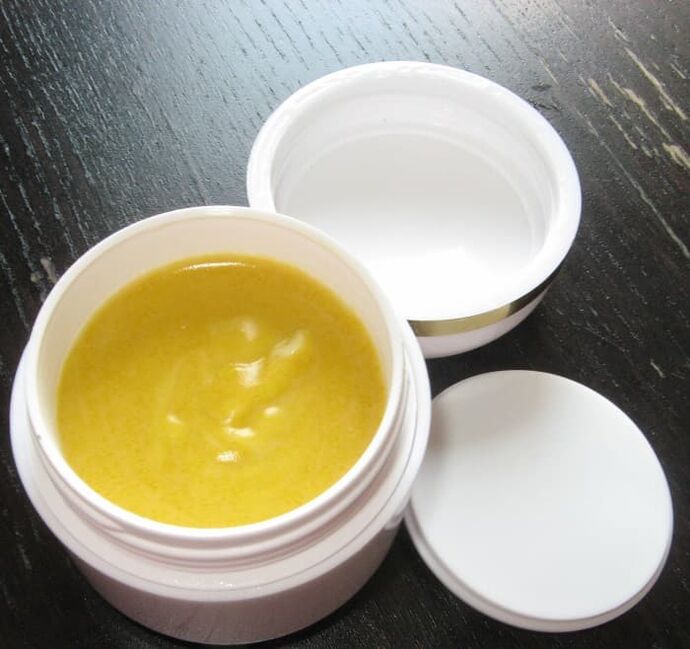
compresses and rubbing
Treatment of varicose veins on the legs with folk remedies can also be carried out with the help of compresses or rubbing. The effectiveness of this method is associated with a local effect on the skin, through which nutrients penetrate directly to the pathological focus.
In home practice, the following recipes apply:
- tomato compress. The preparation of this method is quite simple. You need to take a tomato, chop it finely, spread it over a bandage, and then attach it to the sore spots. For stable fixation, you can also tie a piece of gauze or another elastic bandage. The duration of the procedure is 2 hours, the number of daily repetitions is 3 times, the method can be used every day.
- Take a clean leaf of burdock or horseradish and place it on a hot kettle until it reaches the optimal temperature (tolerably hot). The inside is placed on the affected vein and first a piece of sterile bandage is placed on the skin. All of this is securely fixed. Procedures are best performed at night and performed every other day. The treatment course is 5 times.
- Spread the honey on the fabric in an even layer, put a compress on the sore legs, wrap it with plastic wrap, and then with a scarf. The duration of the first procedure is 2 hours, the second and third at least 4 hours, and the fourth all night.
- Compress made from willow branches. First you need to take the twigs, rinse well and crush them into small pieces. Then attach it to the damaged areas with a bandage or gauze and hold the compress for several hours.
- Buy ordinary cosmetic clay and dilute it with cold water until it reaches a liquid consistency (should resemble sour cream). Apply to all affected areas of the legs, wrap with a wide bandage or clean gauze, then apply another layer of clay, then a layer of gauze, etc. in that order until you have 1/2" thick"Clay boots" get the whole thing with canvas fabric to absorb moisture, and on top with a woolen scarf. At the final stage, you need to lie down in such a position for 3 hours that your legs are in an elevated position. After this time, theCompress removed and legs washed thoroughly After the second such procedure, you can notice a visible effect in the form of resorption of the nodes and elimination of pain.
Rubbing is also very useful in diseases:
- Kalanchoe tincture perfectly helps with a feeling of heaviness and burning in the legs. To do this, a pure plant and vodka (alcohol can be used) are taken in a 1: 1 ratio. After leaving the remedy for 10-14 days, rub your legs until the venous pattern disappears completely.
- walnut tincture. Made from green walnuts (previously crushed) combined with olive oil. Homemade medicine is aged in the sun for 40 days, and then problem areas are smeared with it.
- Pour lilac leaves with 1 bottle of vodka and let the solution infuse for 2 weeks. Then use for rubbing for a month and a half.
For grating, you can also use the fruits of a rare Maclura tree that grows in the southern regions. Internal use is strictly prohibited, since the juice is poisonous, but for external use in the form of an alcohol tincture, crushed fruits are very useful.
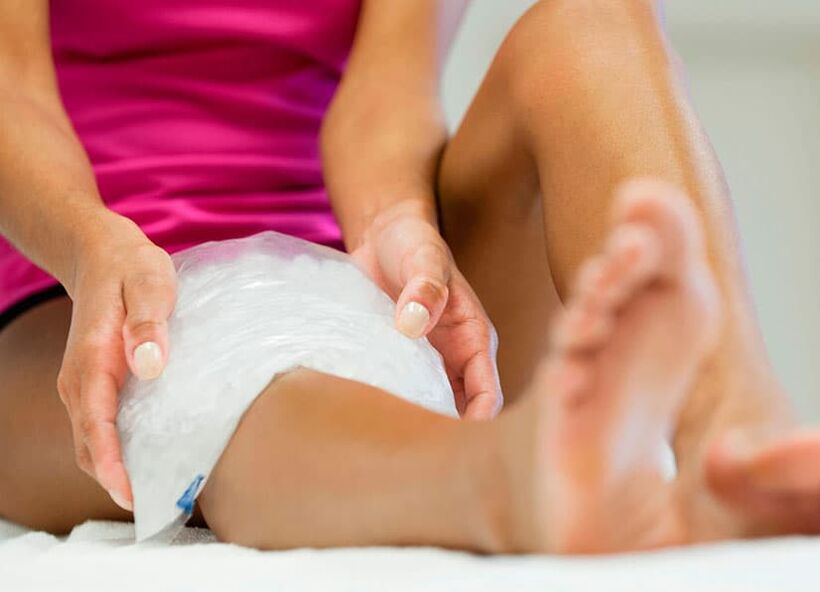
Types of folk medicine for internal use
This type of treatment most often involves the preparation of medicinal tinctures and decoctions.
At home, you can experiment with the following alternative medicine recipes:
- For cooking you will need crushed dried flowers or fruits of chestnuts, yarrow, chamomile flowers and raspberry roots in equal proportions. From the finished collection you need to take 2 tbsp. l. and pour them with 600 ml of boiling water, put on a slow fire and bring to a boil, then immediately remove from heat. After insisting on the solution all night, consume ¾ cup daily morning and evening.
- garlic tincture. Using a meat grinder or blender, grind 4 cloves of garlic and 4 unpeeled lemons. The resulting mass must be transferred to a 3-liter glass jar and pour the mixture with warm boiled water. Let the medicine steep at room temperature for three days, occasionally stirring the contents of the jar. After this time, strain the solution into another container and keep it on the bottom shelf of the refrigerator. You need to take 100 ml 3 times a day during or after meals. A full treatment involves the preparation of four such jars of medicinal tincture.
- Prepare a collection of crushed dry leaves of dioecious nettle, marshmallow root, yarrow and St. John's wort flowers. Brew 1 tbsp. l. Mixture in 1 liter of boiling water and insist until the solution has cooled completely. Then strain the broth and take half a glass 3-4 times a day after meals. The course of treatment is 2-3 weeks, after which the body is given a break of 14 days, then the treatment is repeated again.
Attention:Many folk remedies may be contraindicated due to the individual characteristics of the organism. Therefore, if there are allergic reactions to any component of the recipe, then the use of this method should be abandoned.
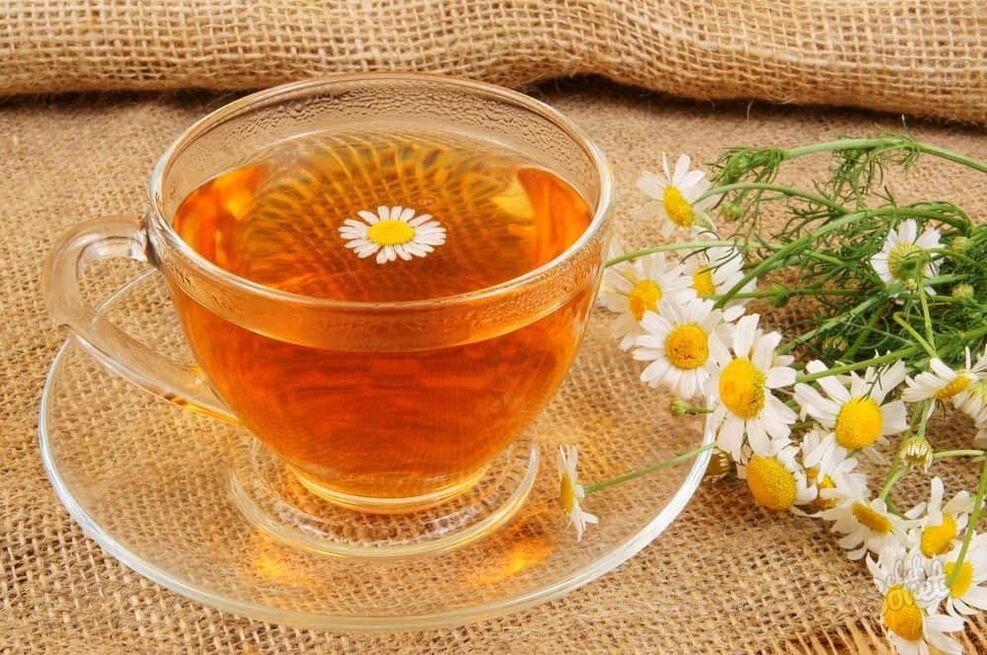
Baths as a means of relieving symptoms
After a long, busy day, it's time to relax, and therapeutic baths will be very useful. To relieve the symptoms of the disease, you can use such folk recipes for varicose veins on the legs:
- Take 500 g of chestnut, oak and willow branches, put them in an enameled jar and pour cold water over them. Bring to a boil and wait another half hour, then add 200 g of marshmallow, St. John's wort, succession and chamomile. This solution should be infused for one night. Before the bath, steam rye bread and pour the broth into the bath along with the previously prepared medicinal solution. The procedures are carried out every day before bedtime for 30-40 minutes. The water temperature should be 38-43 °C.
- Prepare a broth for the bath from 2 handfuls of willow bark filled with 5 liters of boiling water. Next, the solution languishes over low heat for another half hour, and then pour into the bath. Hygiene measures should be carried out in the same way.
It is best to combine folk recipes for varicose veins with daily walks, proper nutrition, therapeutic exercises and wearing the right clothes. In this case, the effectiveness will increase not only non-traditional, but also drug therapy.
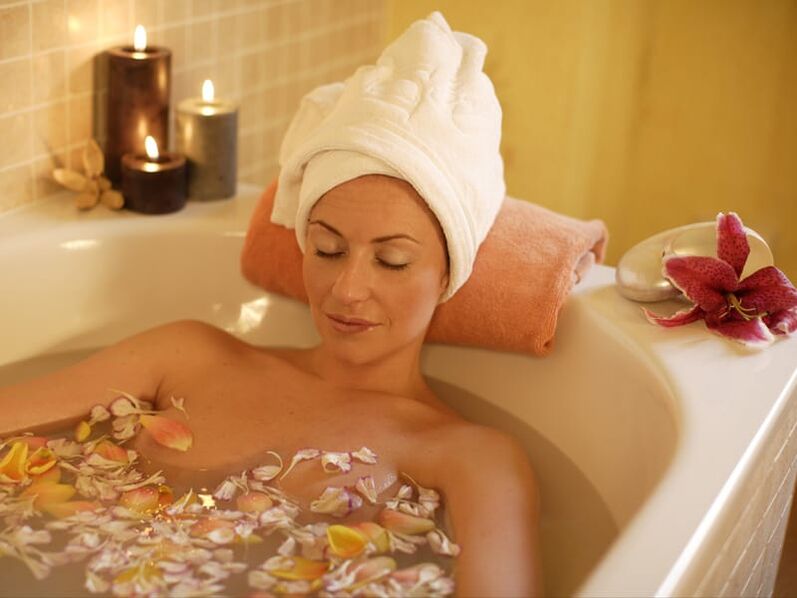
natural drinks
Freshly squeezed juices are not only useful for treating varicose veins, but also for many other diseases and complaints. They perfectly enrich the body with nutrients that strengthen blood vessels, reduce the risk of blood clots and strengthen the body's defenses.
For this purpose, you can prepare such popular juice mixtures:
juice products |
percentage of parts |
Beneficial properties |
|---|---|---|
carrots and spinach |
10: 6 |
Carrots contain bioflavonoids that help reduce vascular fragility and strengthen blood walls. Spinach is high in oxalic acid, which purifies the blood and prevents harmful deposits from forming on the walls. Daily use of this juice saturates the body with vitamins, removes excess water, toxins and toxins, stimulates lipolysis processes and has a complex beneficial effect on the cardiovascular system. |
Carrots, celery sticks, spinach leaves, parsley leaves |
7: 4: 3: 2 |
Parsley strengthens the vascular wall and protects blood vessels from damage and thinning. Celery helps remove excess water and other pollutants. The preparation of such a mixture will help cleanse the vessels of calcium salts, strengthen them and reduce the risk of atherosclerosis. |
Carrots, Spinach, Beets |
10: 3: 3 |
When drinking juice there is such a positive effect:
|
Spinach leaves, greens and beet roots, watercress |
4: 2: 2 |
Consuming a healthy drink balances electrolytes and stimulates tissue metabolism. The risk of developing hypertension and other vascular complications is reduced. This combination is an excellent way of thinning the blood and breaking up blood clots that have already formed. |
Attention:Prepare and consume juice daily in an amount of 500 ml. Storage should not last more than half an hour, since most of the useful components can disappear on contact with air.
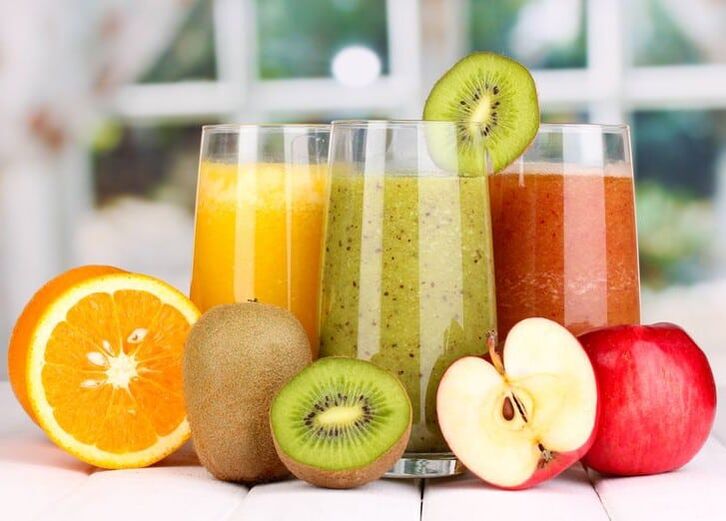
Knowing how to cure varicose veins in the legs with folk remedies, you can significantly alleviate your condition and prevent the symptoms and severity of the disease from worsening. However, be aware of side effects and contact your doctor immediately if you experience any warning signs in the form of itching, burning, abdominal pain, etc.



















